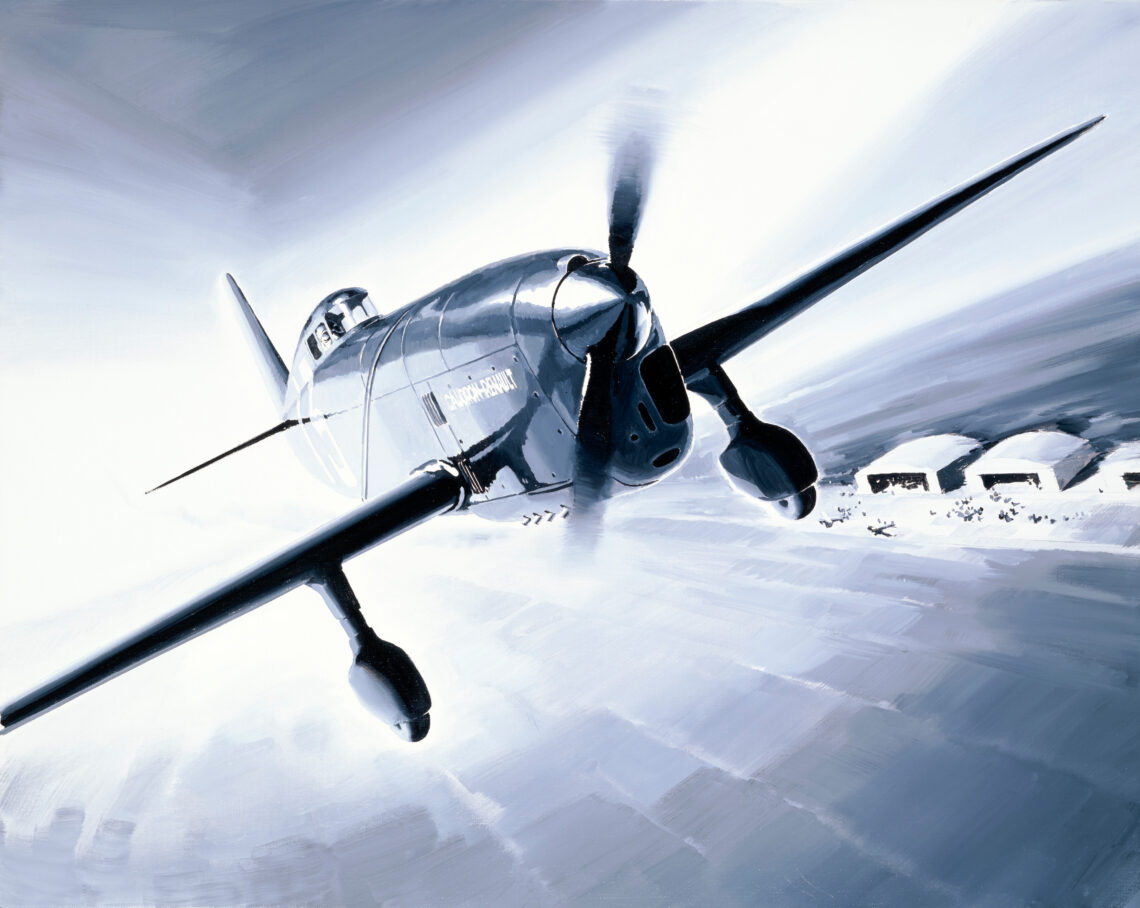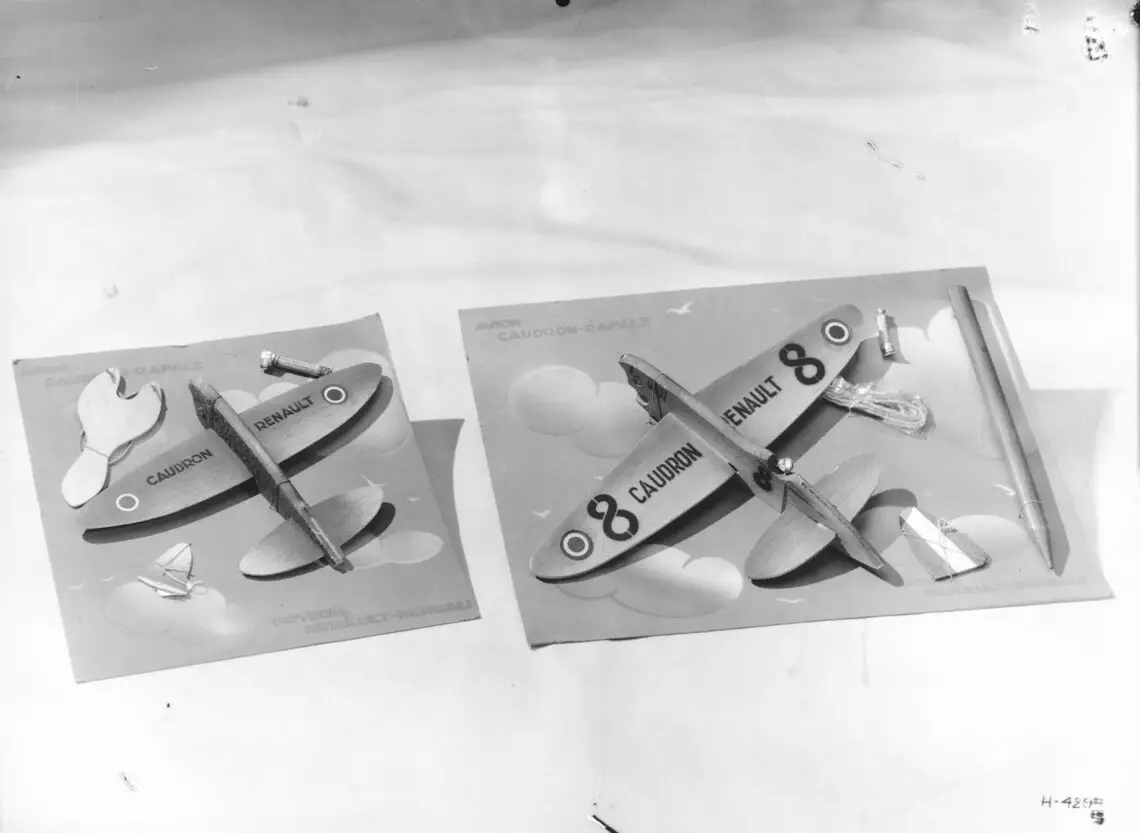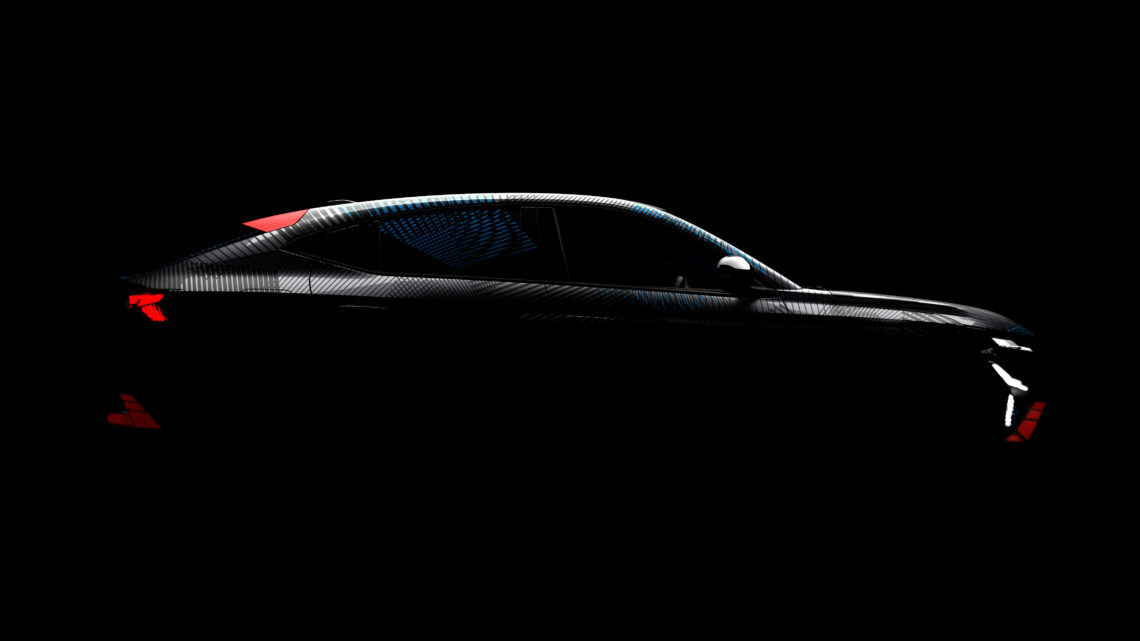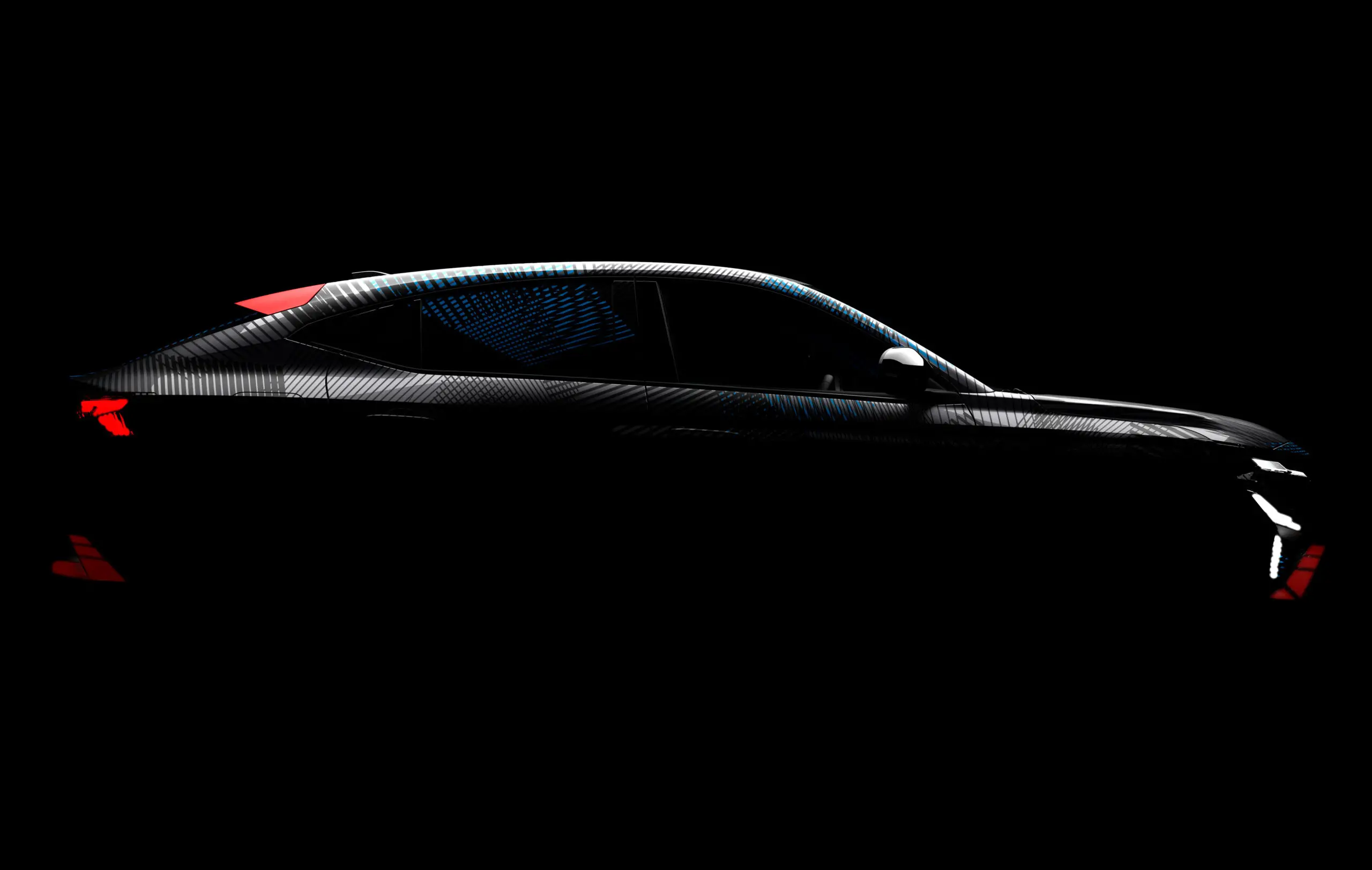Renault Rafale: where did that name come from?
CMF-CD platform
The Renault Rafale is at the top of the model range and completes the lineup of E-Tech hybrid models based on the CMF-CD platform. So the Rafale is Renault’s new flagship model. Following the Renault Austral and Renault Espace SUVs, the Rafale represents Renault’s new highlight in the D-segment, the manufacturer claims.
Where did that name Rafale come from?
The Rafale’s name was inspired by Renault’s history in aviation, set around the beginning of the 20th century. At the time, Renault was not only a manufacturer of internal combustion engines for cars, but also for trains and planes. After acquiring another manufacturer Caudron in 1933, Caudron-Renault was formed and all aircraft were named after a famous wind. As a result, the C460 – a single-seat racing aircraft designed to break records – was renamed the Rafale in 1934.

June 18, the Renault Rafale debuts
The new Renault Rafale will have its world premiere at the 54th Paris Air Show on June 18 at Le Bourget. So just a little more patience. Fortunately, we can already speak with Sylvia, Model-naming Strategy Manager at Renault’s Global Marketing Department. She tells more about the choice of name.
French fighter jet
The word “Rafale” has an immense reputation as the name of a famous French fighter jet, is laden with history and evokes the country’s most prestigious achievements in aviation. That history began 89 years ago with Louis Renault, but few people know that the Rafale name has belonged to Renault since 1934.
The company’s eponymous founder, Louis Renault, was passionate about aviation and completed the acquisition of French aircraft manufacturer Caudron in 1933. After the creation of Caudron-Renault, all Caudron aircraft were given wind-related names: the C460 was named Rafale (French for gust of wind) in 1934, the C500 became Simoun (referring to the desert wind Samoem), the C640 became Typhon (typhoon) and the C714 was named Cyclone (cyclone).
The first Rafale in history, the Caudron-Renault C460, was a single-seat racing aircraft. Only a handful were produced, which could have consigned the plane to oblivion. But the aircraft’s stylistically bold, advanced aerodynamics and extraordinary performance left their mark on aviation history, making it a legendary model.

Speed records
The famous aviator Hélène Boucher improved a number of speed records in the Rafale, including the women’s record for distances over 1,000 kilometers when she reached a speed of 445 km/h on August 11, 1934. Other nods to the past: “The Renault Technocentre is now located in Guyancourt where the training base and runways of the Caudron-Renault air base were located,” Sylvia stressed.

Aviation Engineer
The iconic shape of the Caudron-Renault Rafale was designed by Marcel Riffart. The forward-thinking aeronautical engineer also designed cars for Renault, such as the Nervasport and Viva Grand Sport. The latter was an extremely luxurious model with an inline six-cylinder engine. In advertisements, Hélène Boucher, then contracted to Renault, sang the praises of driving the Viva Grand Sport.
Both aviation and automotive are pioneering disciplines that drive progress and innovation. In line with its famous heritage of the same name, the new Renault Rafale strives for perfection with its design and aerodynamics. Its breathtaking design was created to distinguish it as an iconic and resolutely French coupe-SUV at the top of the Renault range.
“The name Rafale immediately brings to mind technology, performance and a sense of daring, as well as driving pleasure and agility,” says Sylvia. “It is a telling name that builds on our history while perfectly evoking the positioning of our luxury coupe-SUV. I am convinced that the Rafale has a promising future ahead of it, alongside the other models in the Renault range.”

D-segment
The new Rafale represents the top of Renault’s model range. To illustrate the brand’s strategy in the D-segment along with the all-new Espace, the model needed a distinctive and impactful name with its own character. The choice of Rafale was no accident, but logical and meaningful.
Nature force
In French, the elegantly pronounced word “rafale” is a term for a force of nature, making it reminiscent of something gliding through the air. In both aviation and the automotive industry, the Rafale is linked to aerodynamics and efficiency – and in particular to a streamlined shape. “Rafale is reminiscent of the wind that seems to have created its aerodynamic bodywork. The word refers to the streamlined silhouette and strong character of the model,” Sylvia said.


